
The MLK Recuperative Care Center, open to patients starting Jan. 5, is housed in a former dormitory for Charles Drew University medical students. | Marc Trotz, LA County Department of Health Services
Next month the Los Angeles County Department of Health Services plans to open a recuperative care facility adjacent to the Martin Luther King Community Hospital. The facility will treat homeless patients who have been discharged from the hospital or the nearby county-owned Martin Luther King Jr. Outpatient Center.
“If you’re homeless and you’ve been discharged from the hospital you often don’t have anyone to treat your wounds, change the dressings or help you manage with a broken leg,” said Marc Trotz, director of DHS’ Housing for Health program. “You can’t deal with these conditions properly if you are living on the streets.”
The MLK Recuperative Care Center, which will begin accepting patients Jan. 5, will be housed on the hospital campus, in a former dormitory for Charles Drew University medical students. The center will have 50 rooms and 100 patient beds, making it the county’s largest facility of its kind.
[Read more…]









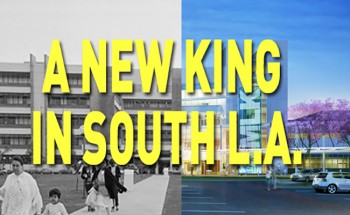
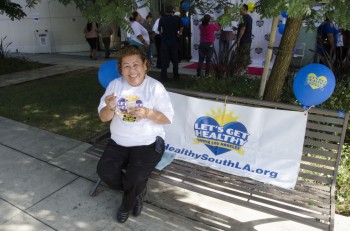
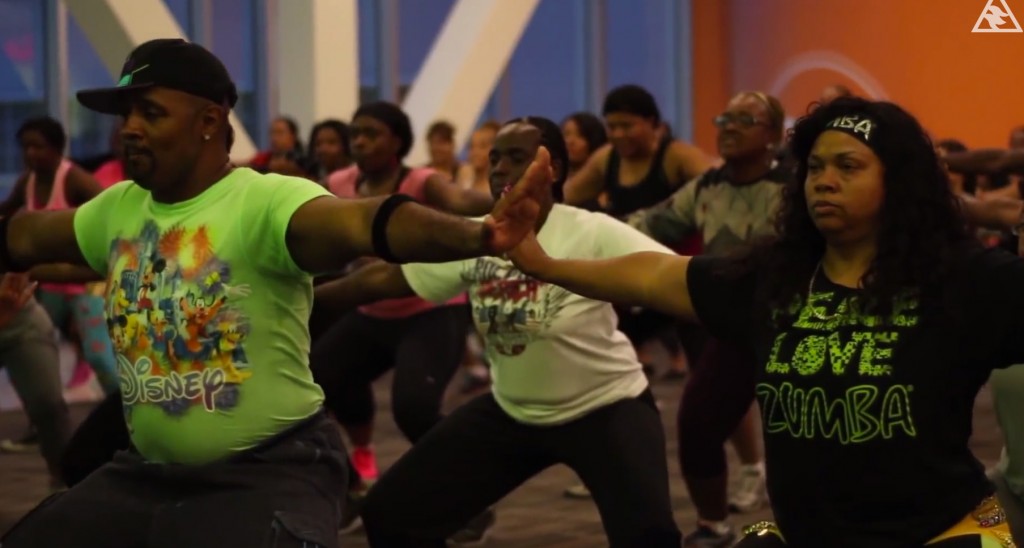
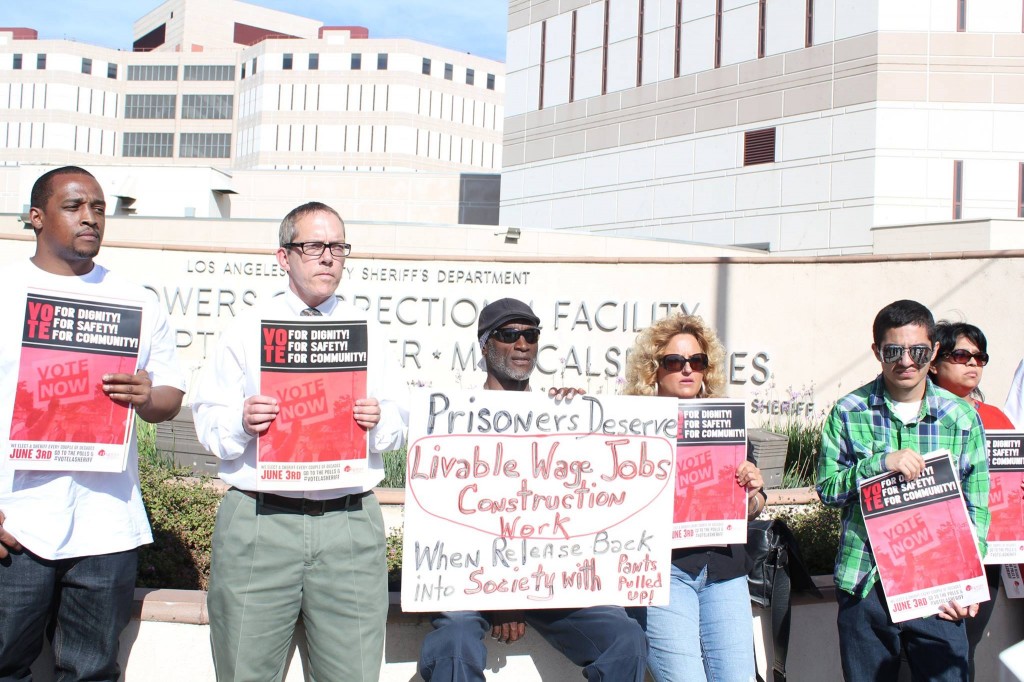
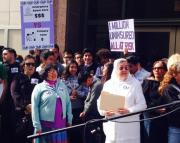
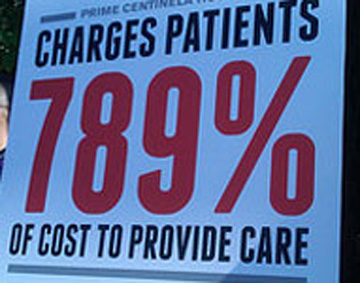 $21 for a single dose of Ibuprofen. $86 for an Ace Bandage. These are the prices hospitals all over the state are allegedly charging patients. And unionized health care workers and community leaders are not happy. Joanna Powers is a licensed vocational nurse at Western Medical Anaheim.
$21 for a single dose of Ibuprofen. $86 for an Ace Bandage. These are the prices hospitals all over the state are allegedly charging patients. And unionized health care workers and community leaders are not happy. Joanna Powers is a licensed vocational nurse at Western Medical Anaheim. Some might argue that such drastic cuts would affect patient safety and care. Joanna Powers disagrees.
Some might argue that such drastic cuts would affect patient safety and care. Joanna Powers disagrees.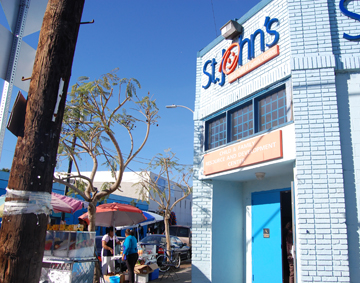 The St. John’s clinics are located on the corner of Hoover Street and W 58th Street in South Central.
The St. John’s clinics are located on the corner of Hoover Street and W 58th Street in South Central.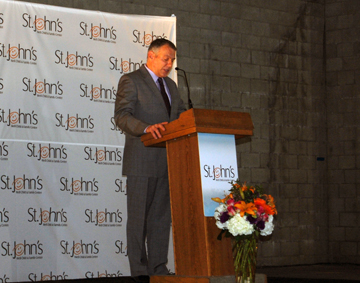 Jim Mangia
Jim Mangia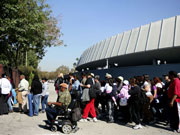 Nearly 5,000 people will descend on the LA Sports Arena from Thursday to Sunday this week – not to see a game, but to see a doctor.
Nearly 5,000 people will descend on the LA Sports Arena from Thursday to Sunday this week – not to see a game, but to see a doctor. 




